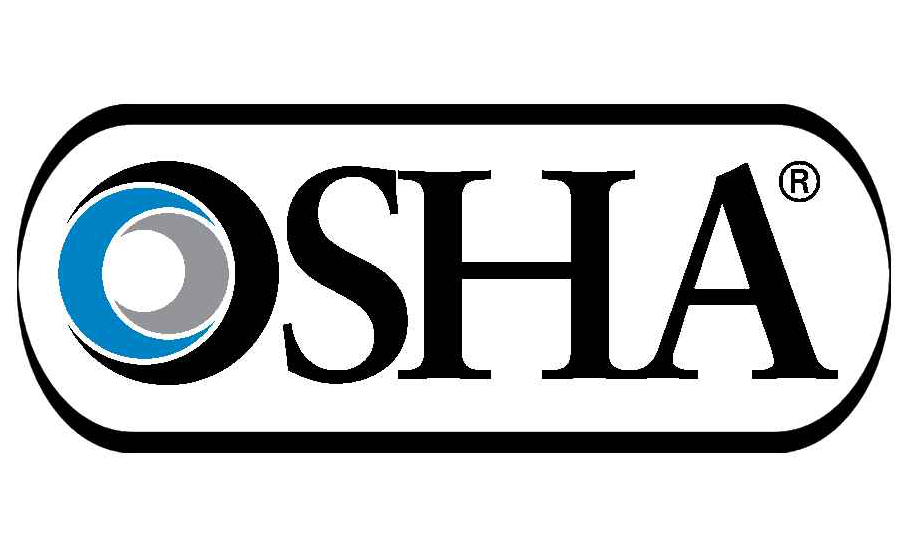A new report is sharply critical of the way OSHA lets noncompliant employers off the hook by reducing the fines the agency has leveled against them.
OSHA's Discount on Danger: OSHA Should Revise Its Informal Settlement Policies to Maximize the Deterrent Value of Citations, which was released by the Center for Progressive Reform (CPR), includes a new data analysis that reveals a systematic discounting of fines by the agency.
Companies have the option of contesting the penalties OSHA issues against them. During the resolution process, they are not legally required to correct the violations that put workers in danger.
Less than the cost of a funeral
“Far too often, the agency agrees to substantially reduced fines in exchange for a promise to fix the hazard ‘promptly,’ says the CPR. The report notes that during the Obama administration, OSHA closed cases at a median of 25 percent below its initial fines in cases involving worker fatalities. “In the face of tragedy, OSHA's pursuit of the quick fix resulted in median penalties of only $5,800, less than the cost of an average funeral,” according to the group.
Even without the reductions, the CPR says that OSHA’s tools for holding employers accountable for endangering workers have been “woefully inadequate” for decades.
OSHA doesn't need a law to fix the problem
"Federal law required an act of Congress to increase the amount OSHA is allowed to fine companies that put their workers in danger," said Thomas McGarity, Member Scholar at the Center for Progressive Reform and a contributing author of the report. "But the agency doesn't need congressional legislation to fix the way it settles citations with scofflaw employers or to maximize the deterrent effect of the fines it gives to companies that break the law."
The CPR says the agency needs to reassess its policies to better deter violators and prevent worker deaths and injuries.
In the poultry processing industry, OSHA reduced fines for poultry processors by a median of 40 percent. In 2015, that meant the median amount companies paid for failing to do things like install machine guards, provide personal protective equipment, or address ergonomic risks was only $4,475.
"When violators in one of America's most dangerous industries are awarded significant discounts on danger, it's clearly time for a change," said Katherine Tracy, co-author of the report. "Companies are supposed to be following the law and keeping their workers safe. They shouldn't be rewarded with lower fines simply because they threaten to contest a citation or because they make empty promises."
The report's authors recommend that OSHA do the following:
Establish national guidelines discouraging the agency's area offices from "informally" settling certain types of cases. When employers ignore basic, proven safety measures, such as trench collapse prevention methods at construction sites and automatic machine shut-downs in situations where workers could be injured and killed, OSHA should strongly discourage its area offices from settling cases. Such egregious safety failures should not be tolerated or rewarded with discounts.
Demand that employers do more than simply abate the hazards that caused a specific health or safety violation. To prevent worker injuries and deaths, OSHA should seek enhanced terms during settlement negotiations with violators. These could include a formal injury and illness prevention plan, comprehensive third-party audits of existing hazards and practices, and fixes to hazards company-wide, rather than focusing on abating one hazard at a time.
Engage workers and their representatives in the settlement process. OSHA can do more to involve and engage workers and their representatives in enforcing health and safety standards, including reaching out to workers and inviting them to participate in the settlement process. Posting paper copies of proposed citations in the breakroom seemed reasonable in the 1970s, but with the advent of e-mail, text messages, and other forms of modern communication, OSHA needs to explore new ways to engage workers.
The report is available online at www.progressivereform.org/OSHADiscountPaper.cfm. It follows a March 2016 advocates' manual on ensuring criminal prosecution for egregious worker endangerment, another important accountability and deterrence tool.
The Center for Progressive Reform is a nonprofit research and educational organization with a network of Member Scholars working to protect health, safety, and the environment through analysis and commentary.



